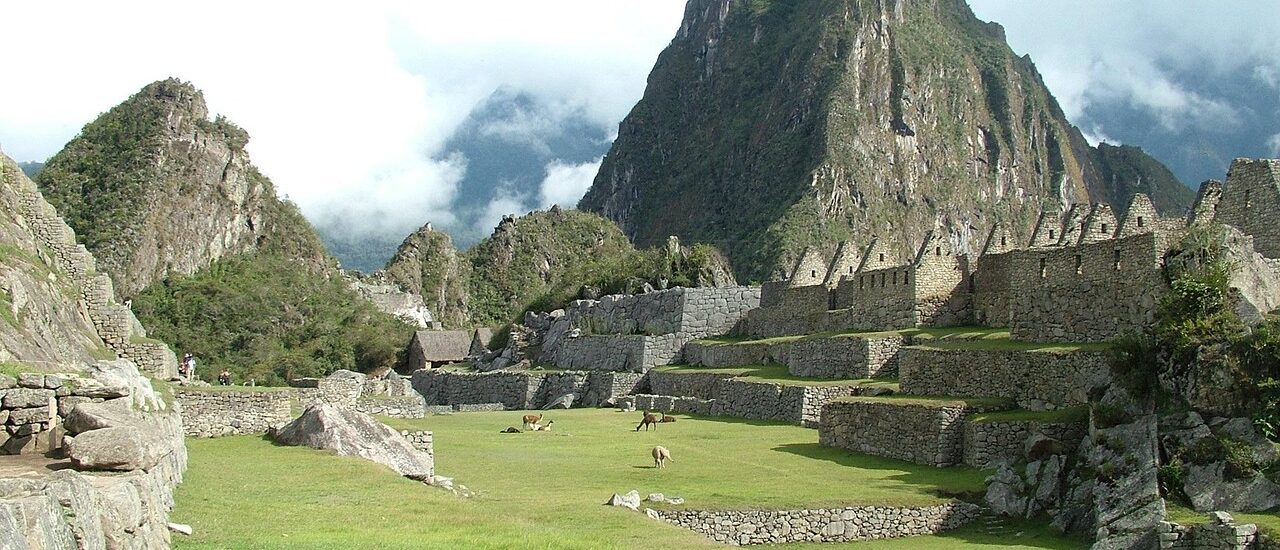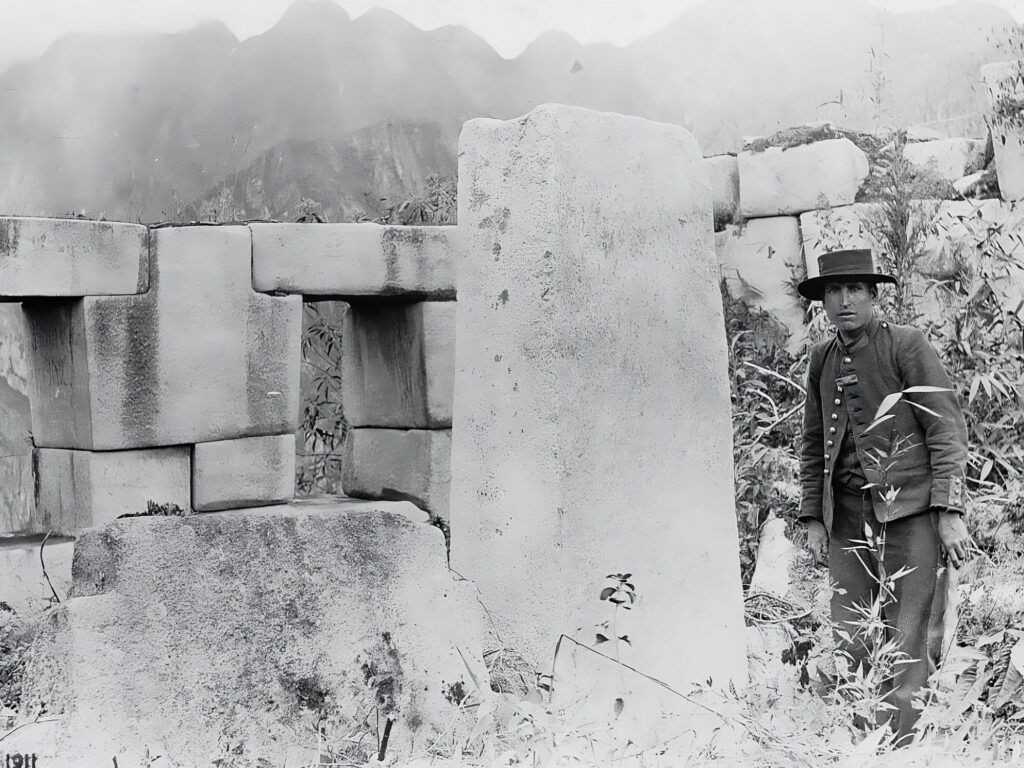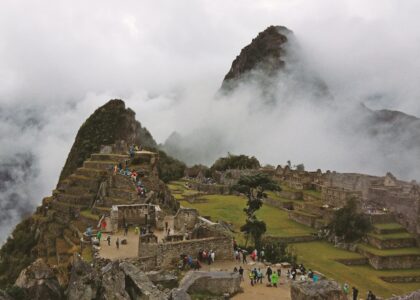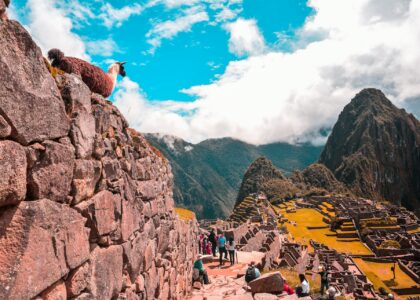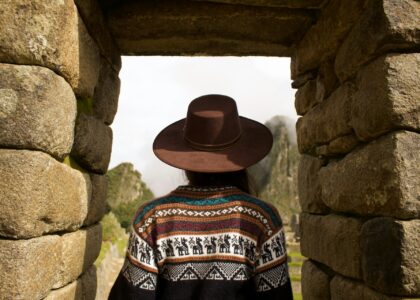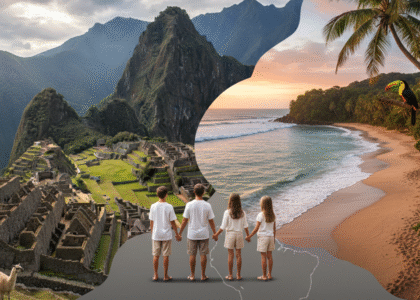Hiram Bingham, a Yale University history professor, found Machu Picchu on July 24, 1911. He wasn’t an archaeologist or an anthropologist—just a historian with a passion for exploration. While searching for the last Incan capitals, Vitcos and Vilcabamba, Bingham stumbled upon one of the most remarkable historical sites in the world.
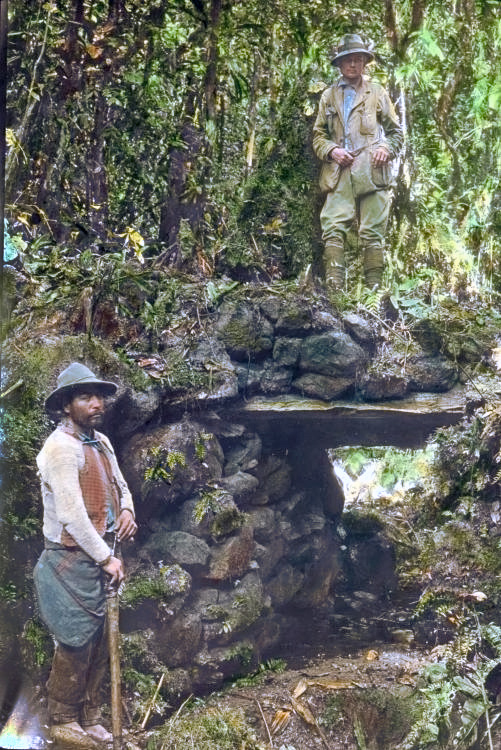
Hiram Bingham’s Journey to Machu Picchu
Hiram Bingham’s discovery of Machu Picchu wasn’t a lucky accident—it was the result of careful research, relentless curiosity, and a willingness to follow every lead, no matter how uncertain. Before setting foot in Peru, Bingham pored over historical texts, analyzing 16th-century Spanish chronicles that hinted at the existence of lost Incan cities. He examined maps, including one drawn by Harvard professor Curtis Farabee, and pieced together a picture of where these ruins might be hidden.
Once in the Andes, Bingham’s strategy was simple but effective: talk to everyone. He questioned villagers, listened to local legends, and took seriously the knowledge passed down through generations. He understood that the people living in the shadow of the mountains knew more than any historian sitting in a university lecture hall. Whenever a local offered to show him a path or a ruin, Bingham accepted—an approach that would lead him to one of the greatest archaeological finds of the 20th century.
On July 24, 1911, Bingham, along with his local guide Melchor Arteaga, climbed the steep slopes of a jungle-covered mountain. What they found at the top was breathtaking: an abandoned city of stone terraces, temples, and palaces, remarkably intact despite centuries of exposure to the elements. Machu Picchu had been hidden from the outside world, spared from Spanish conquest and left untouched in the clouds.
But Bingham wasn’t done. His hunger for discovery pushed him forward, and his expedition uncovered more: the ruins of Vitcos, where Inca king Manco Inca made his final stand against the Spanish, and Vilcabamba, the last refuge of the Inca Empire before its fall. Each site added a new chapter to the story of the Inca civilization, proving that Bingham’s journey was far more than a single lucky break—it was a masterclass in perseverance, research, and exploration.
Why Is Bingham Credited with Discovering Machu Picchu?
Hiram Bingham wasn’t the first person to lay eyes on Machu Picchu—not by a long shot. Local farmers had been living in the surrounding area for generations, and it’s likely that other explorers had stumbled upon the ruins before him. But history doesn’t always remember the first—it remembers the one who tells the story best.
Bingham had two powerful tools at his disposal:
- A Camera That Made History
Earlier visitors may have seen Machu Picchu, but they left no lasting proof. Bingham, however, had a camera—a game-changer. He meticulously photographed the ruins, capturing stunning images of stone temples, terraces, and staircases swallowed by the jungle. These weren’t just snapshots — they were the first widely seen images of a “lost city,” fueling public fascination. - A Natural Born Storyteller
Bingham didn’t just find Machu Picchu—he made the world care about it. In 1912, he returned with a full team from the National Geographic Society, determined to uncover more and bring the site into the spotlight. His efforts paid off in 1913, when National Geographic dedicated an entire issue to his discovery, filled with dramatic photos and gripping tales of adventure. Suddenly, the world wasn’t just hearing about Machu Picchu—it was seeing it.
Because of Bingham’s documentation and storytelling, his name became permanently tied to Machu Picchu. He may not have been the first to arrive, but he was the one who made sure the world would never forget it.
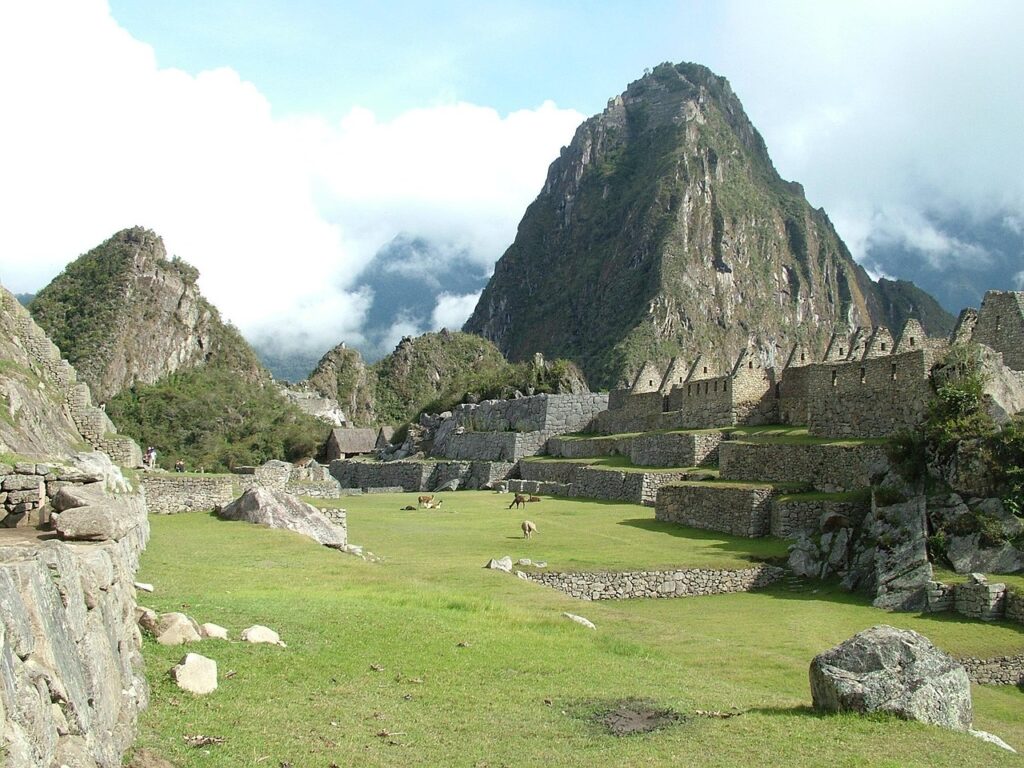
What Happened to the Artifacts Bingham Collected?
Hiram Bingham didn’t just document Machu Picchu—he took a piece of it with him. Over the course of his expeditions, he removed nearly 40,000 artifacts, including ceramics, bones, jewelry, tools, and even mummies. These relics of Incan civilization weren’t left in Peru but were instead shipped to Yale University, where they remained for decades.
This sparked a bitter, long-running dispute between Peru and Yale. Peruvian officials argued that these priceless artifacts belonged to their country’s heritage and should be returned. For years, Yale resisted, claiming the objects were better preserved in its collections.
Finally, after nearly a century of negotiations, an agreement was reached in 2017. The artifacts were returned to Peru, where they are now housed in museums and research institutions, offering new generations a chance to study and appreciate the legacy of Machu Picchu—right where it belongs.
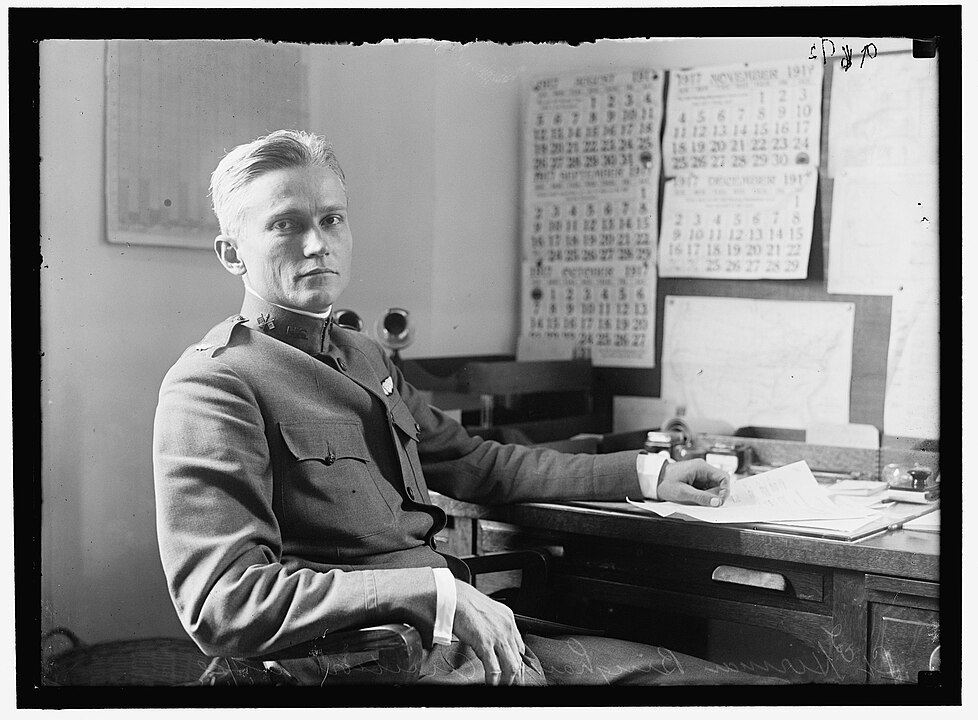
Hiram Bingham’s Life After Machu Picchu: From Explorer to Senator
Hiram Bingham wasn’t the type to slow down. After carving his name into history with the discovery of Machu Picchu, he set off on a new adventure—not through the jungles of Peru, but through the rough-and-tumble world of politics and military service.
In 1922, Bingham was elected Lieutenant Governor of Connecticut, setting the stage for what would become one of the strangest political careers in American history. Just two years later, he ran for Governor and won—only to serve for a grand total of one day before being whisked away to the U.S. Senate. The sitting senator had unexpectedly died, and Bingham was chosen to fill the vacancy, making his one-day governorship the shortest in Connecticut’s history.
Bingham wasn’t just a politician; he was a patriot. When World War II broke out, he turned his skills toward military service, helping to train naval pilots—the same kind of fearless aviators who would go on to fight in the Pacific theater. Even as he aged, Bingham never lost his sense of adventure or his drive to serve.
And then there’s the legend—was Indiana Jones based on Hiram Bingham? The hat, the whip, the fearless exploration—it all sounds familiar. Lucasfilm denies it, insisting that Indy is purely fictional. But looking at Bingham’s real-life exploits, from discovering lost cities to navigating the chaos of politics and war, it’s easy to believe that the world’s most famous archaeologist might just owe a little something to the man who uncovered Machu Picchu.
Want to Explore Machu Picchu?
You can follow in Bingham’s footsteps and experience the magic of Machu Picchu yourself. Book your expedition today!


